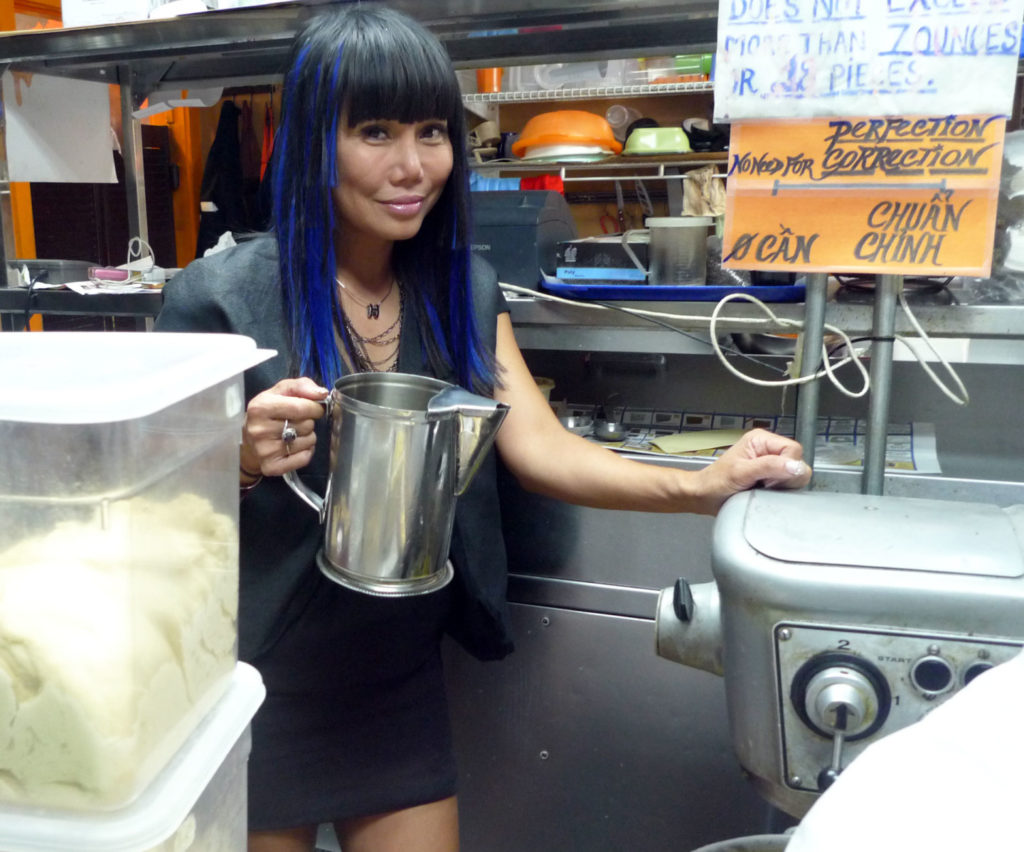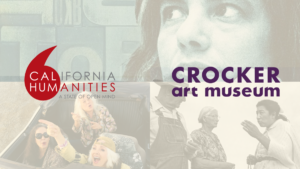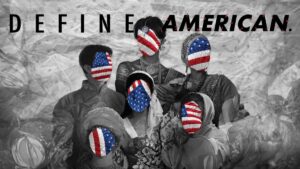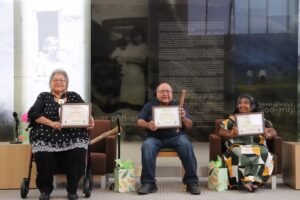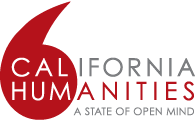“What I came to really believe is that California’s story can’t be separated from food.” – Lisa Morehouse
California Foodways is a radio and podcast series by independent producer Lisa Morehouse. She’s traveling through California county by county, telling stories about food, agriculture, and the people that make both possible. The stories air on KQED’s The California Report Magazine, and national shows like All Things Considered, Here and Now, The World, and The Splendid Table, as well as on the California Foodways podcast. The series received a national Edward R. Murrow Award and three James Beard nominations.
To celebrate the recent launch of California Foodways’ third season, we asked producer Lisa Morehouse to tell us more about the series:
Before California Foodways was even a wrinkle in my brain, I reported all over the state, mostly in rural California. Every place I’d go, I’d ask people where I should eat. Asking that question led me to eat pickled tongue at a Basque restaurant in Bakersfield, drink a generous cocktail at an Italian steakhouse in the Sacramento Valley, and get defeated by a deep-fried quesadilla at a restaurant in the middle of fields near the Mexican border, miles from any town.
One night in Indio, California, I remember ordering a dish I’d never heard of: a pepper stuffed with shrimp, mayonnaise, and soy sauce. I think I might have even said out loud, “There’s gotta be a story behind this.” The next day, I was driving through the Eastern Coachella Valley, and I was just overwhelmed by the number of date palm trees there, 30, 40, 50 feet high or more, and again, I think I said out loud, “What’s the story here?” Then, like a cartoon character getting hit on the head with a frying pan, I started forming the idea for this series.
I thought back to a trip my parents took me on when I was seven. We went to France and visited some of the prehistoric caves with paintings. My mom had been an art history major, and she really prepared me for this trip, and I remember those caves making a real impression on me. Some of the images on those walls are of game hunts.
In Mexico, they’ve found pre-Columbian clay figures of women making food on metates. Ancient Egyptian wall paintings depict planting, harvesting, and hunting. From the time humans began documenting our world, we’ve told stories of food to tell stories about ourselves.
California Foodways is really just my attempt to get to know my state a little better and share what I learn through food stories.
I’ve gotten to go into a frozen burrito factory in the Central Valley, part of the country’s largest frozen Mexican food company. In the ’60s, Fred Ruiz helped his father launch a modest enchilada business, cooking his mother’s recipes on a small stove. Now, under brand names like El Monterey, Ruiz Foods is the largest manufacturing company in the state-owned by Latinos.
In Orange County, the pop star Lynda Trang Dai — known as the Vietnamese Madonna — welcomed me into her banh mi shop called Lynda Sandwich. Talking to her, I learned that she remembers key moments of her childhood and escape from Vietnam in terms of food memory.
Some of the direst food insecurity in the state is in rural Northern California. I spent a harrowing 11 hours driving tiny roads in Trinity County with the food bank manager there while he delivered to the county’s poorest and most isolated residents.
Trinity County: In isolated rural California, this man is a food lifeline
What I came to really believe is that California’s story can’t be separated from food. Food industries here generate $100 billion annually, farms feed the nation, and kitchens set international culinary trends. But it’s in how people, work, and land connect to food that the narrative of this — the richest, most diverse, most complex state in the U.S. – is told.
To listen to more episodes of California Foodways, visit https://californiafoodways.com/.
California Foodways is supported by California Humanities through the California Documentary Project grant program.
